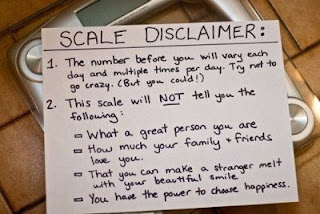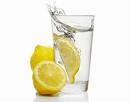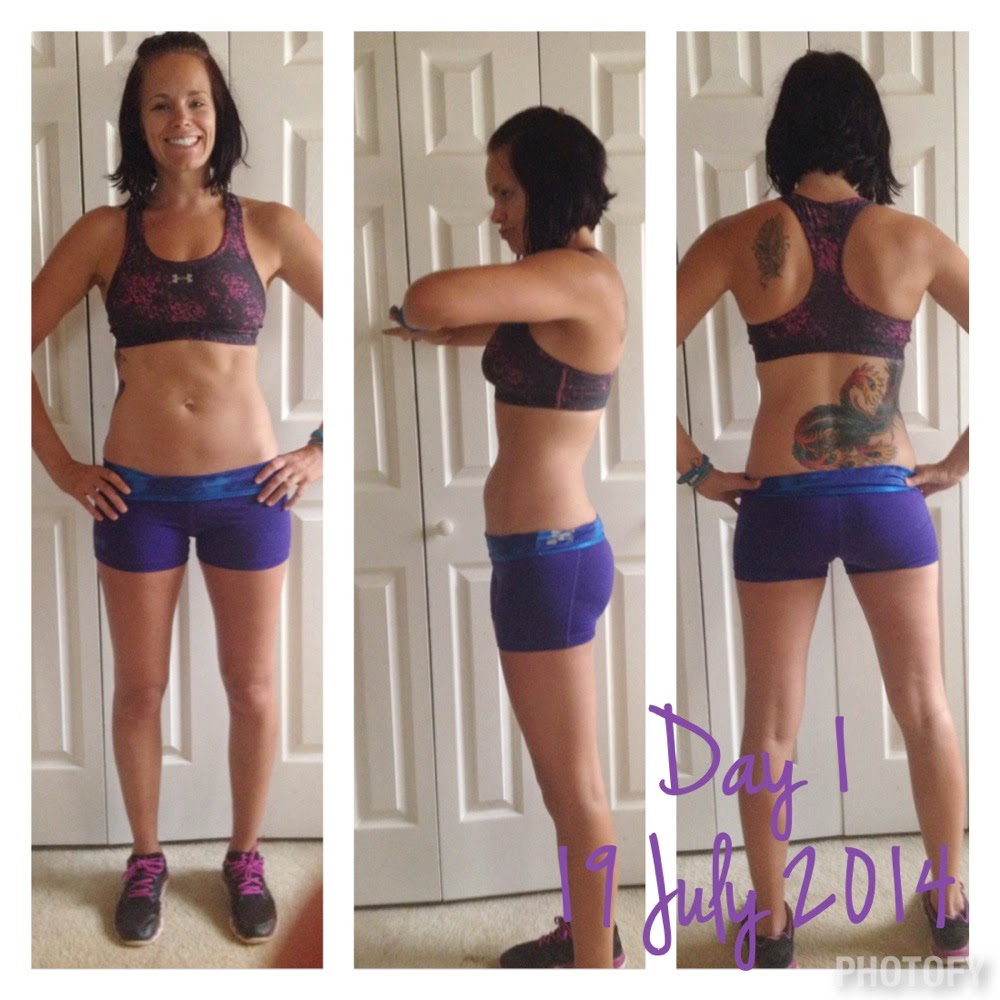No one stays home anymore. Where are we? We're sitting in restaurants. On average, Americans dine out four times a week, according to the National Restaurant Association. As we eat out more and more, the percentage of obese people increases, while their wallets decrease. We spend $1 billion a day dining out. The Census Bureau's population clock has the U.S. at 310,751,194 people, so if we spend some $365 billion a year eating out, that averages out to $1,117 per person per year, a large portion of which could be savings if you ate at home instead.
Yikes! I guess you have to ask yourself if you want to be overweight or rich.

Unrestrained, this type of eating out is the perfect recipe for obesity and disease down the road. But we've trained ourselves to eat out. We're just too busy to cook.
So what's the answer? Eat only steamed veggies? Refuse to dine out? On the contrary. You can dine out successfully and enjoy your experience by learning how to navigate any menu. Here are some tips that will help you eat smart while dining out.
1. Know before you go: With most restaurants these days, you can go online and look at their menus. See what dishes look healthy--grilled items, salads, vegetable sides, and so forth. Decide before you go what you'll order, and stick to your decision once you get there. Collect the menus in the restaurants you frequent so that you have them to refer to. You can also plug in the meal with m
yfitnesspal app and most of the time you can find out the calories and nutrition facts for most restaurant meals.
 2. Sit in a quiet spot
2. Sit in a quiet spot: Nobody knows this, but people who sit in the more distracting parts of restaurants (by a window or in front of a TV) eat considerably more. Commotion makes it
easy to lose track of how much you're putting in your mouth. If you're making a reservation, request a quiet table. If you walk in and are offered a table in a busier spot, ask for one away from the action. It's worth the wait.
3. Be the First to Order: You've decided to pick something light off the menu, but when your friend orders the decadent steak fries, you start to rethink your boring grilled salmon. To sidestep the temptation of your friend's less healthy dish, place your order first. If you can't order first, then make your decision, close the menu, and repeat your selection to yourself to help you stick to it. If you're dining at a restaurant you visit often, just ask for your favorite healthy option without ever opening the menu.
4. Have it your way: Before ordering your selections, ask the server about the details of the meal. This will help you make more informed choices. Some questions to ask include: How is this dish prepared? Can it be modified? What ingredients are used? Do you have any low-fat or low-calorie options? What comes with this meal? Can I make substitutions? How large are the portions? Don't be afraid to make special requests. For example, ask that foods be served with minimal butter, margarine or oil. Ask if a particular dish can be broiled or baked rather than fried. Also, ask that no additional salt be added to your food.
You may also be able to make substitutions. If the ingredients are on the menu, the chef should be able to accommodate your needs. A common substitution is a baked potato for fries, or a double serving of vegetables instead of a starch. If your dish does not arrive at the table the way you ordered it, don't be afraid to send it back.
If you don't see something you like, ask for it. As a paying customer, you have the right to eat not only what tastes good, but what's good for you. Be "weight assertive"!
5. Don't be seduced by menu descriptions: Mouth-watering descriptions like "tender, juicy chicken breast" or "ripe heirloom tomatoes" are increasingly common on restaurant menus. Be extra aware of sensory terms like "velvety" mousse and nostalgic ones like "legendary" spaghetti and meatballs. Research shows that words that promote taste and texture or appeal to diners' emotions can increase sales by 23 percent, and can even influence the way you think the food tastes. Words like these prep your taste buds to expect your chicken to taste juicy, so to some degree it probably will.
Make a game out of picking the colorful adjectives on the menu. See who can find the most in three minutes. If you win, everyone buys you dinner. That's the rule of the game.
6. Stay away from snacking: The most damage often occurs before the actual meal begins: appetizer trays are loaded with fat. Besides that, they take away your appetite for the healthiest foods to come. Avoid them. Even the freebies like chips and salsa at Mexican restaurants or a basket of rolls and butter at other establishments can pile up fat and calories that you don't need. If you can't exercise control, have your server remove the temptation.
7. Make a meal out of appetizers: Certain appetizers can be excellent choices for an entree. The portion size of appetizers is often more appropriate than the extremely large portions provided in entrees. Consider healthful options such as steamed seafood (for example, shrimp cocktail), salads that aren't loaded with high-fat ingredients (such as cheese and bacon), grilled vegetables and broth-based soups. You might also choose to combine the appetizer with a salad; the salad will bulk up the meal so that you feel more satisfied without adding a lot of calories. Be aware that some appetizers, particularly fried fare or items covered in cheeses, oils and cream sauces, may be overloaded with calories and fat. Some fried appetizers can provide a day's worth of fat to four people!
8. Be salad savvy: A salad can be your meal's best friend or worst enemy, depending on how you toss it. Pile on fresh greens, beans and veggies, but don't drown it with high-fat dressings or toppings like cheese, eggs, bacon or croutons. Pick calorie-friendly dressings (vinaigrettes, low-cal dressings, even a generous squeeze of fresh lemon).
Remember, too, that you can gain control over the fat and calories in your salad by ordering the dressing on the side. Measure out a small amount of dressing with your spoon, or with thicker salad dressing, use the fork-dipping method. Dip the tines of your salad fork in the dressing, then spear the leaves of your salad. That way, you get a taste of the dressing with each bite of salad.
If you want to be really "good," carry one of those salad spritzer products in your purse. Order your salad without dressing. Pull out your spritzer and spray your salad. Be aware, though, that this might scare the other patrons, who will think you are sanitizing your salad.
And watch out for potato salads, macaroni salads, coleslaw and even tuna and chicken salads, which usually are heavy in mayonnaise, sugar and calories.
9. Go low on sides: Substitute high-cal side dishes with low-fat options such as steamed vegetables, brown rice or fresh fruit. Forget the French fries, and have baked, boiled or roasted potatoes, but leave off the butter, cheese and creams. Flavor with salsa or pepper and chives instead.
10. Choose low-fat preparation methods: The way your entree is prepared influences its calorie and fat content. Choose grilled, broiled or baked meats and entrees. Pan-fried and deep-fried foods give you extra fat you don't need. Broiling, baking, steaming, poaching and grilling seafood, skinless poultry, lean meat and veggies give you all the flavor without all the fat.
For example, grilled chicken is lower in fat and calories than fried chicken. (If you are served chicken with
skin, you can remove the skin to save significant fat and calories.) It's not easy to get rid of all fat in restaurant meals, but give it a try. Ask the server if the butter or oil used to prepare your entree can be reduced or eliminated. Even a grilled item may have extra fat added. For example, some grilled beef dishes call for added oil.
11. Enjoy alcohol in moderation: Drinks can be diet-killers, too. Ice water is free, but fancy mixed drinks have lots of empty calories, and the alcohol can dull your reasoning. Since alcohol can contribute significant amounts of calories, limiting your intake to 150 calories' worth is a good idea. The following portions of alcohol each contain 150 calories or less: 5 oz. of wine, 1.5 oz. of liquor, 12 oz. of light beer.
a. A serving of cooked meat, chicken or fish is like the palm of your hand, or about the size of a deck of cards.
b. A serving of green salad is like an open-cupped hand.
c. A serving of fruit or vegetables is like your fist, or about the size of a tennis ball.
d. A serving of baked potato looks like a baseball.
e. An ounce of cheese is like your middle and index fingers together, or about the size of four stacked dice.
f. A serving of salad dressing is like your thumb.
g. A 3-ounce hamburger patty is the size of a quart-size mayonnaise jar lid.


If you truly want chocolate turtle cheesecake, go ahead and have it, but limit yourself to a taste. Take three bites and then set it aside for a few minutes. You're less likely to come back to it. You might even discover that those few bites of a great dessert can be very satisfying, and might be all you really wanted in the first place. You can't possibly blow your diet big-time on three bites of anything. After your three bites, you can ask your server to take it away, unless your dinner mates want to scarf it down.


































